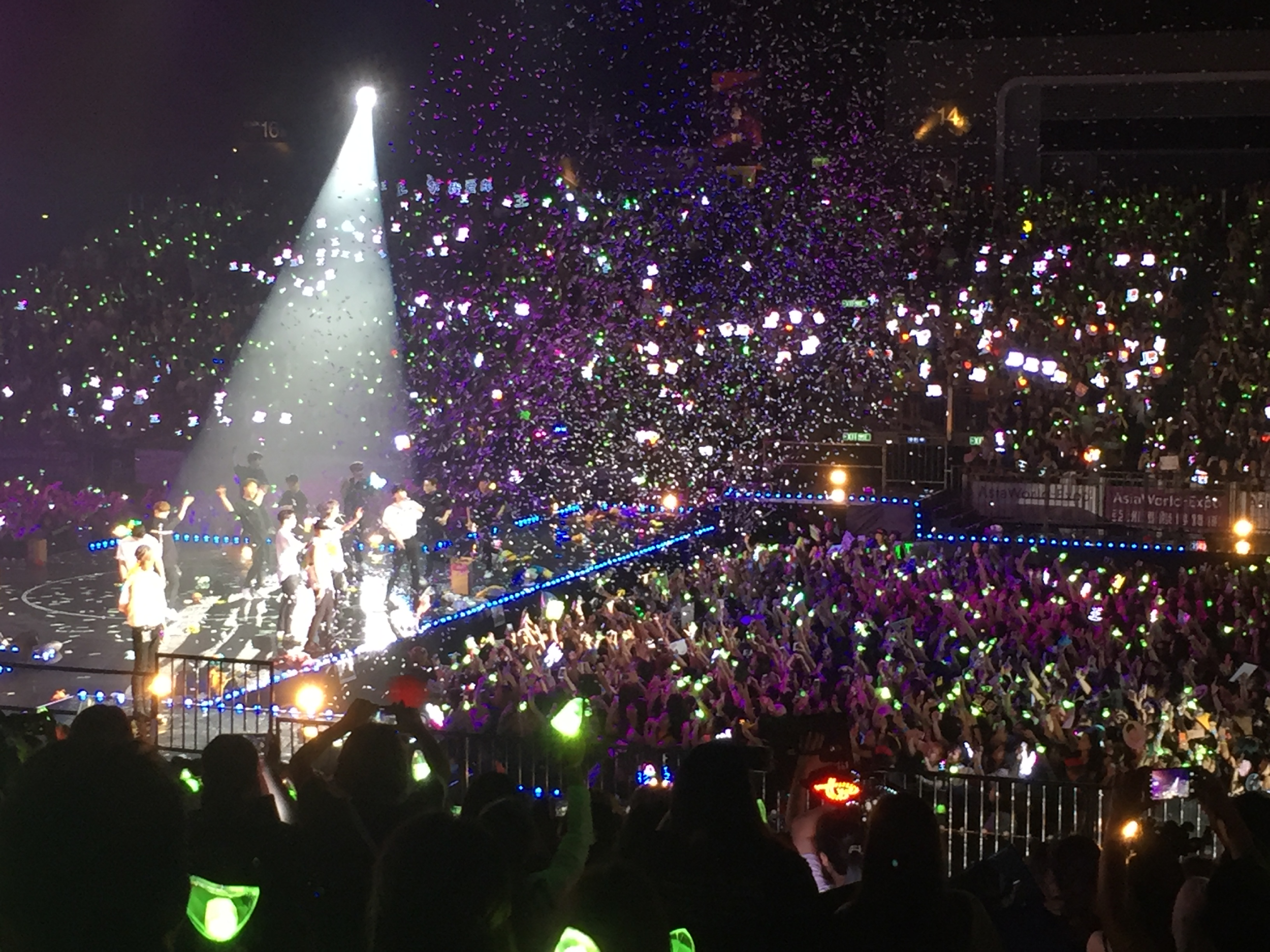Table of Contents Show
It is hard to be a user of the internet without seeing or hearing something about Korean entertainment. This category of entertainment has expanded into many corners of the internet. There is not a day that goes by without a K-pop group trending worldwide on Twitter or going viral on YouTube. Of course, it is not as though foreign media has not caught the eye of the global public before. For example, The Beatles were an explosive act throughout the world, anime continues to gain popularity, and telenovelas have had a tremendous amount of influence on soap operas around the world.
The instant popularity of Korean entertainment or the Hallyu Wave could be confusing for anyone who has not followed this subculture — many might have questions such as What makes K-pop different from regular pop? How did this whole Korean thing start? And more importantly, how can I become a part of this phenomenon? Though the Hallyu Wave is not as complex as people think, half the fun is learning how to navigate it.
What Is The Hallyu Wave?
When referring to the increased popularity of Korean culture across the globe, many media outlets may use the term “the Hallyu Wave.” The term itself is a Chinese word that translates to “the Korean Wave,” which has been used around Asia since the 1990s. The media types that fall under the Hallyu Wave are Korean music acts, films, and TV shows, though Korean food and makeup products can also fall under this category.
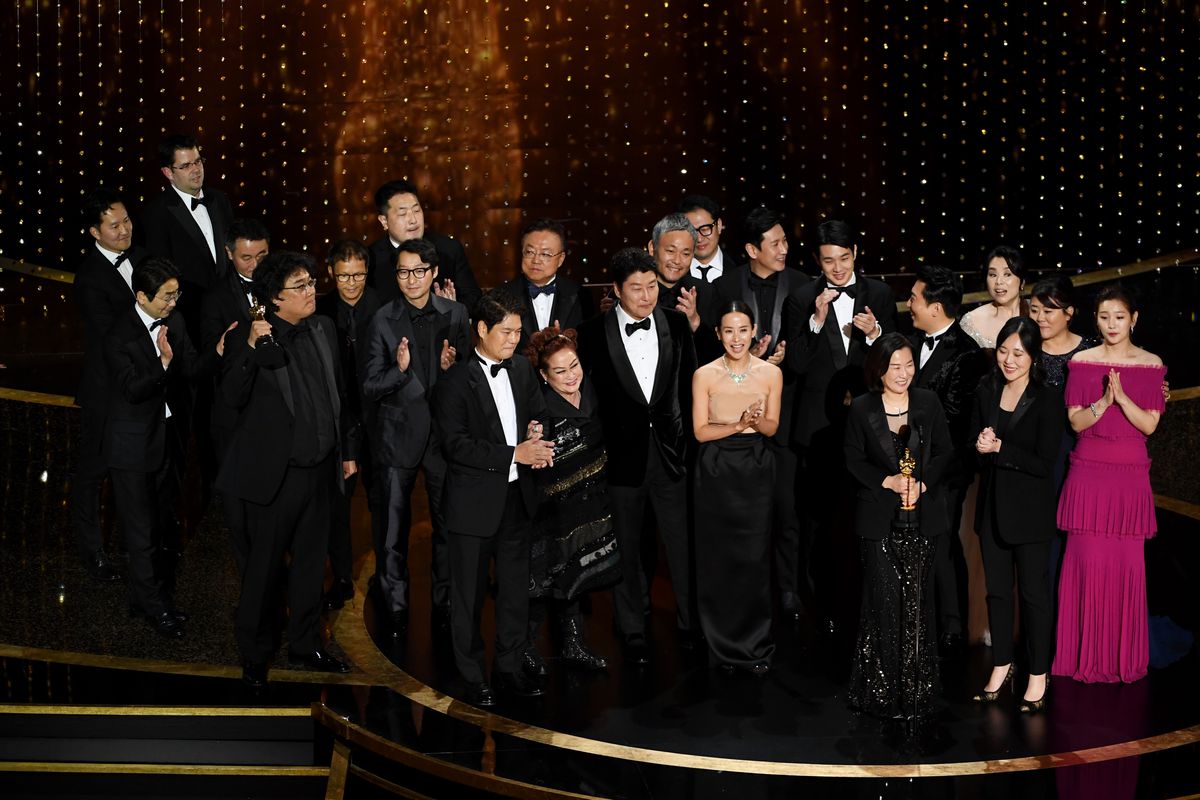
History Of K-Pop
While Korean entertainment has only been in the mainstream public’s attention for the past few years, the genre itself has been building up popularity since the late 1990s. K-pop or Korean pop has a long history that spans multiple decades, with various solo and group acts steadily building popularity across Asia and eventually around the world.
Domestic Success In The 1990s
The first agreed-upon example of K-pop is Seo Taiji and the Boys, which exploded on the music scene in 1992. Then, a time that was only filled with Korean Folk Music or Trot. One professor of Sociology, John Lie, said, “It wasn’t until the arrival of Seo Taiji and Boys that the framework of K-Pop came into play. Seo Taiji himself took inspiration from various American artists, ‘Seo himself listened widely to the anglophone popular music of the 1980s and 1990s, ranging from the Clash and Sonic Youth to the Red Hot Chili Peppers and Rage Against the Machine’” (( Lie, John. “K-Pop: Popular Music, Cultural Amnesia, and Economic Innovation in South Korea” (2014)”. )).
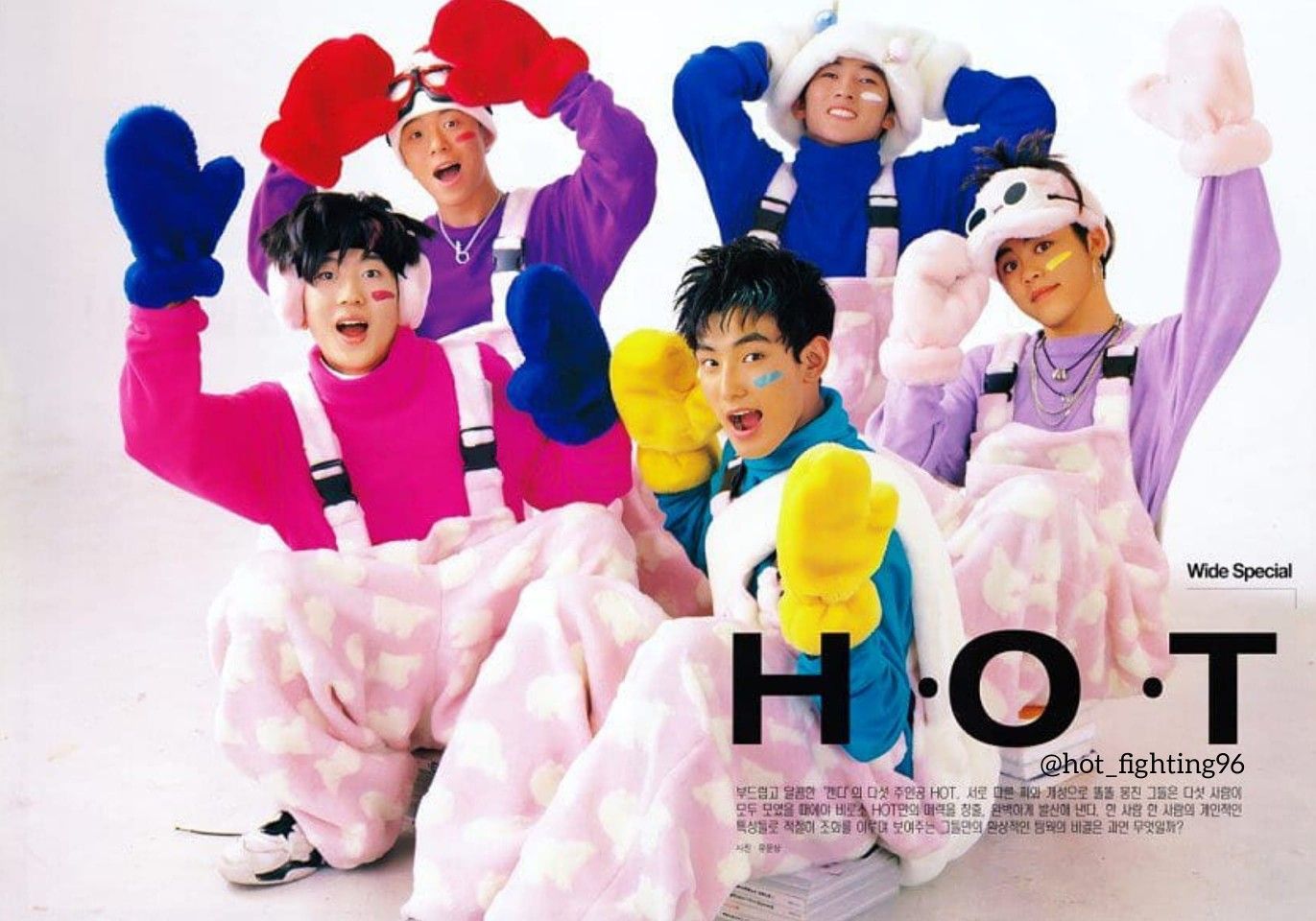
Seo Taji’s mixture of music around the world was not the only act gaining popularity at the period. At the same time, the first idol groups, which laid the groundwork for current K-pop, began to appear. SM Entertainment debuted H.O.T. (High-five Of Teenagers) during September 1996. They were the first of the attention-grabbing, charismatic acts that populate K-pop now. Their second single, “Candy,” was immensely popular among young women at the time and is still covered by various K-pop acts to this day. Other groups that also experienced popularity around South Korea included boy groups like Sechs Kies, whose popularity rivaled H.O.T., and Shinhwa, which is famous for being one of the longest-running boybands in history. Girl groups also began to debut throughout the 90s, one being SES, the female counterpart of H.O.T., and their rivals Fin.K.L. Both groups are still fondly remembered to this day, and multiple members of those groups have successful solo careers.
Popularity Across Asia
While the popularity of idol groups in South Korea was exploding in the 1990s, it wasn’t until the early 2000s when the Hallyu Wave began to spread out of South Korea, especially to other Asian countries, such as Vietnam, the Philippines, Japan, and China. The first musical acts that found popularity outside of their home country were BoA and TVXQ. BoA, in particular, due to her fluency in multiple languages like Japanese and English, found fame in Japan with her song “Listen to My Heart.” Her popularity in Japan continued to rise with several songs for different anime, such as Inuyasha and Fairy Tail. TVXQ, on the other hand, steadily gained influence in Japan and became the first Korean group to perform at the Tokyo Dome.
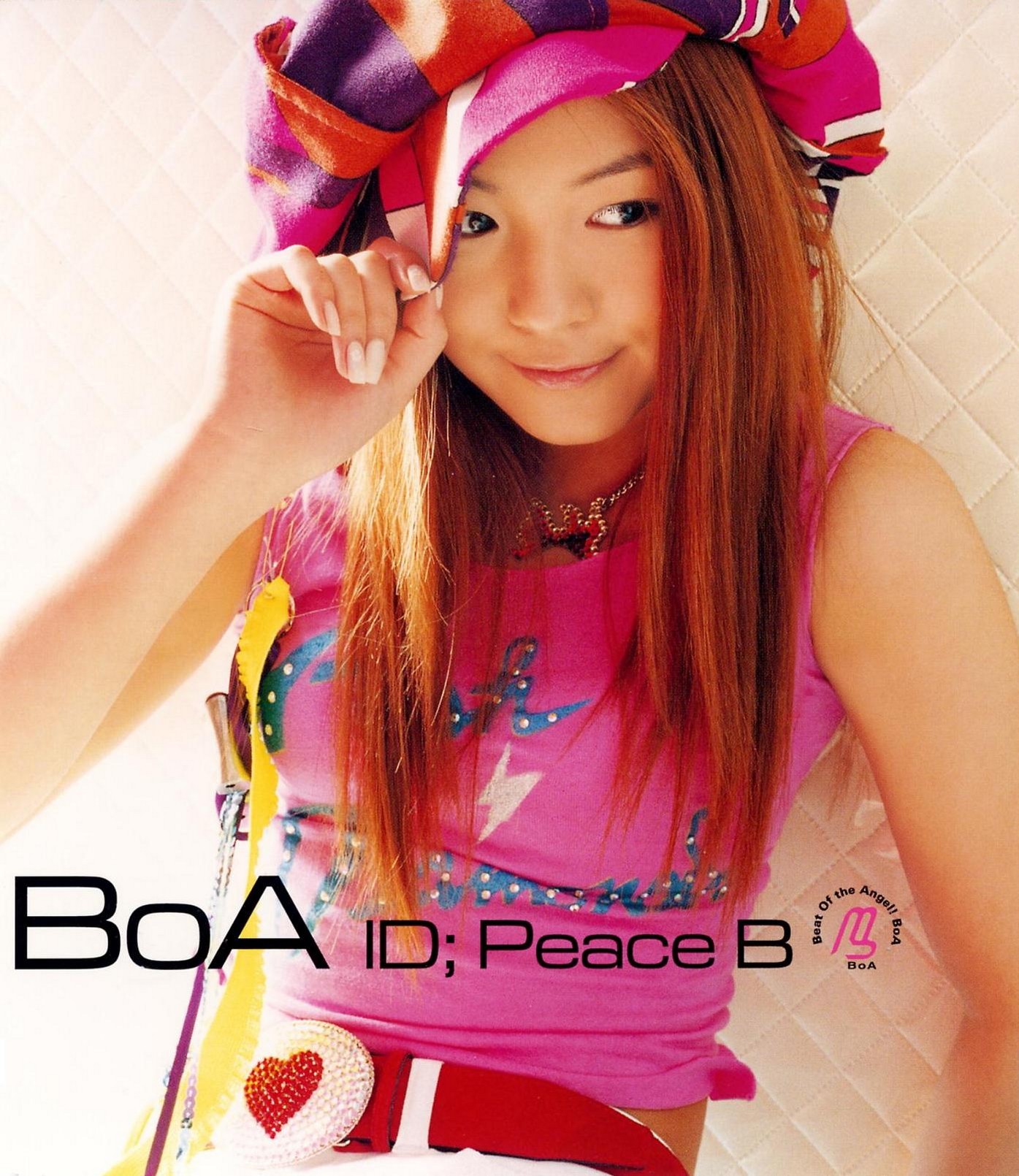
During this time, multiple other K-pop groups began to see popularity in Japan, like Kara, which was the first non-Japanese girl group to rank in the Oricon chart and an integral part of the Hallyu Wave in Japan. During this time, the influence of YouTube on the Hallyu Wave’s popularity outside of Korea could not be ignored. SM Entertainment group Super Junior found global success with their song “Sorry Sorry,” which has 135 million views on YouTube. Their easy-to-follow choreography had many people doing covers. The most popular cover is a YouTube video of Filipino inmates in a Cebu jail performing the song with 7.1 million views. Super Junior also began to focus on the Chinese Market with their subunit Super Junior M where they promoted Korean and Chinese members.
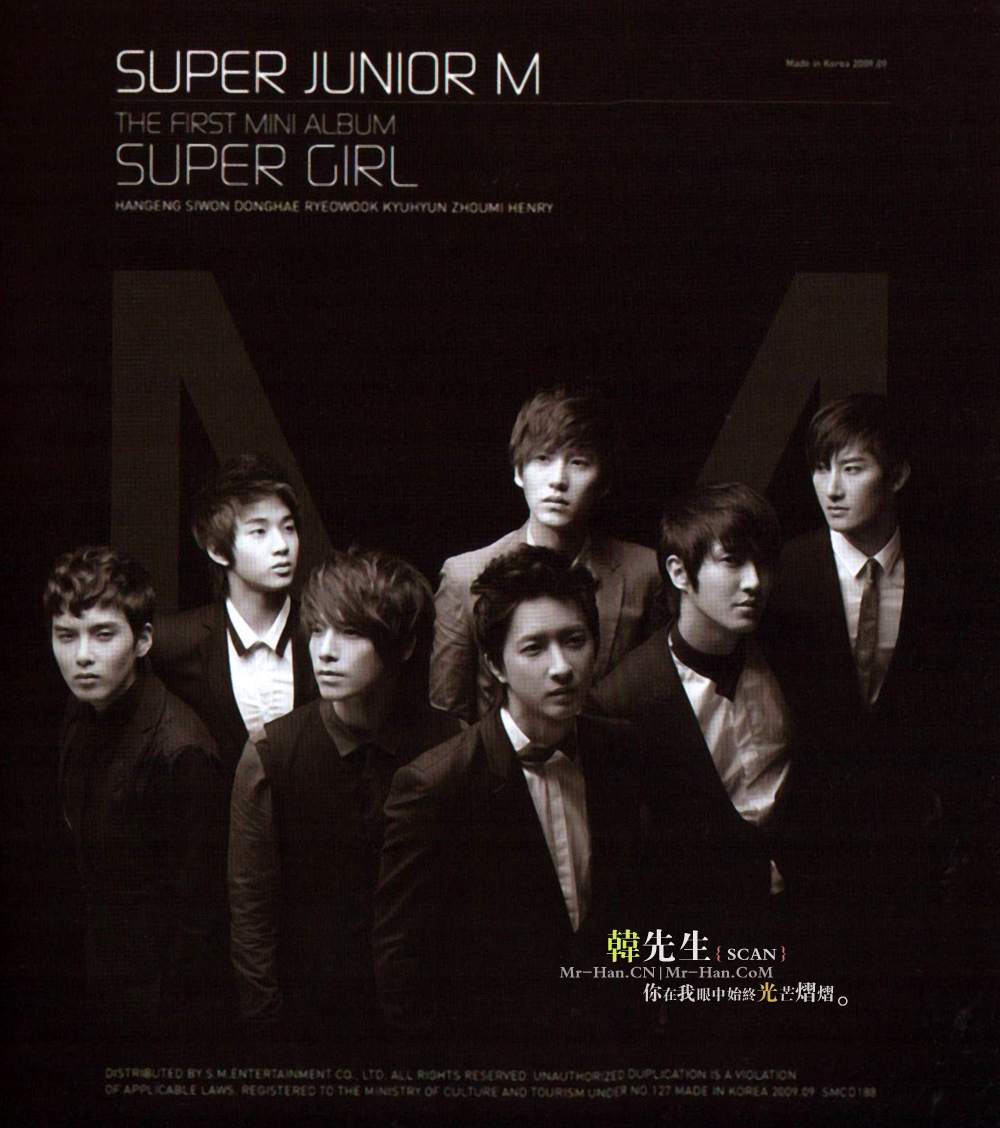
Another example of the reach of the Hallyu Wave was Big Bang member Taeyang. His first solo album, “Solar,” was released in June 2010 and reached the Top 3 on iTunes’ Top R&B-soul album chart in the United States, making him the first-ever Asian artist to reach that milestone. Other popular groups who helped spread the Hallyu Wave at the time included Girls Generation, which found viral fame through the song “Gee,” which currently has 279 million views since its posting in 2009. The girl group would later expand to American promotions with their 2011 album “The Boys.” The Wonder Girls also found success in their American advancement with their single “Nobody.” “Nobody” was released in English as well as Korean and Japanese. In addition, the Wonder Girls performed on multiple American shows, toured with Jonas Brothers in 2009, and even had their own TeenNick movie called The Wonder Girls.
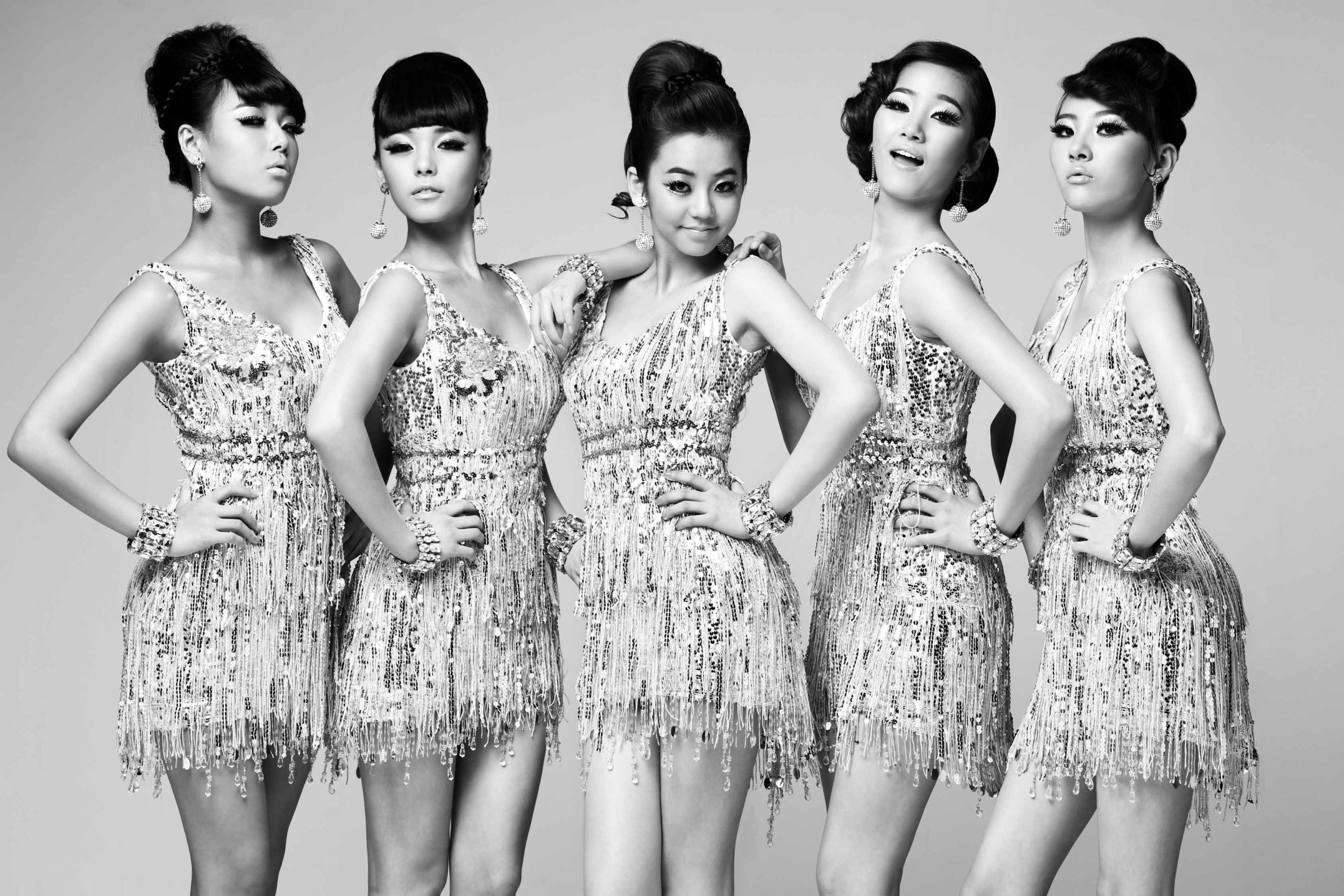
It also became more common for K-pop groups to have members of different nationalities. In the 90s, most groups only had Korean members, but during the mid-2000s, the “Big 3” of K-pop, SM Entertainment, YG Entertainment, and JYP entertainment began to look for talents outside of South Korea. Global auditions in countries like Canada and North America began to become more commonplace. Groups like Miss A and f(x) had Chinese and American members to gain appeal in those countries. The expansion of the Hallyu Wave at this period should not be overlooked; many of these groups created a pathway for later generations of K-pop groups and other Hallyu Wave media to gain popularity globally. The increased usage of social media sites like YouTube helped expand the reach of these groups and bring fans from across the globe.
Mainstream Success
While the Hallyu Wave was seen as a niche interest throughout the early to mid-2000s, K-pop slowly began to move out of its small bubble in 2010 with the start of the new decade. The Hallyu Wave was slowly gaining popularity on the internet due to Tumblr, YouTube, and Twitter. Western interest began to grow with conventions like KCON opening in 2012, which brought multiple K-pop acts like Exo-M, 4Minute, VIXX, and B.A.P to the United States of America for the first time. KCON continues to this day (although virtually due to Covid-19). The biggest act to spread the Hallyu Wave out globally during this time was PSY’s “Gangnam Style,” which spawned multiple parodies and covers during 2012 due to its humorous music video. PSY was even invited to perform at the American Music Awards. While much of the interest in the Hallyu Wave at the time was seen only as a joke, the “viral-ness” of “Gangnam Style” brought the genre more attention than it had previously received from Western audiences.
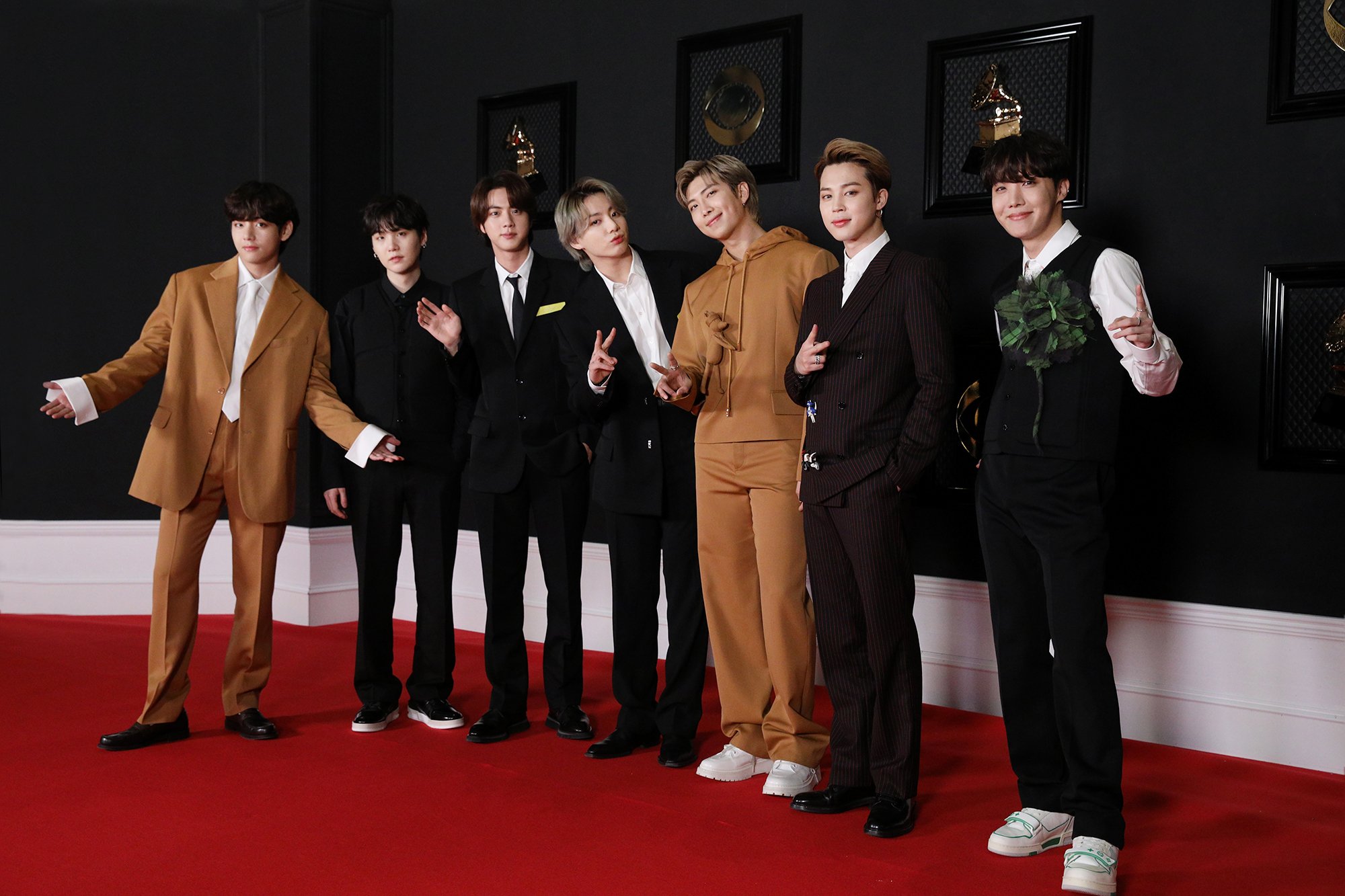
But the group that brought K-pop and the Hallyu Wave to the mainstream audience’s attention was BTS. The boyband, which formed in 2014, found themselves with a sizeable international fanbase, called ARMYs, that was willing to promote and spread the word about BTS. With the band’s constant social media presence and promotion, it was only a matter of time before BTS became the lead act of the Hallyu Wave with a Grammy nomination in 2021 and various collaborations with American Artists like Megan Thee Stallion under their belt.
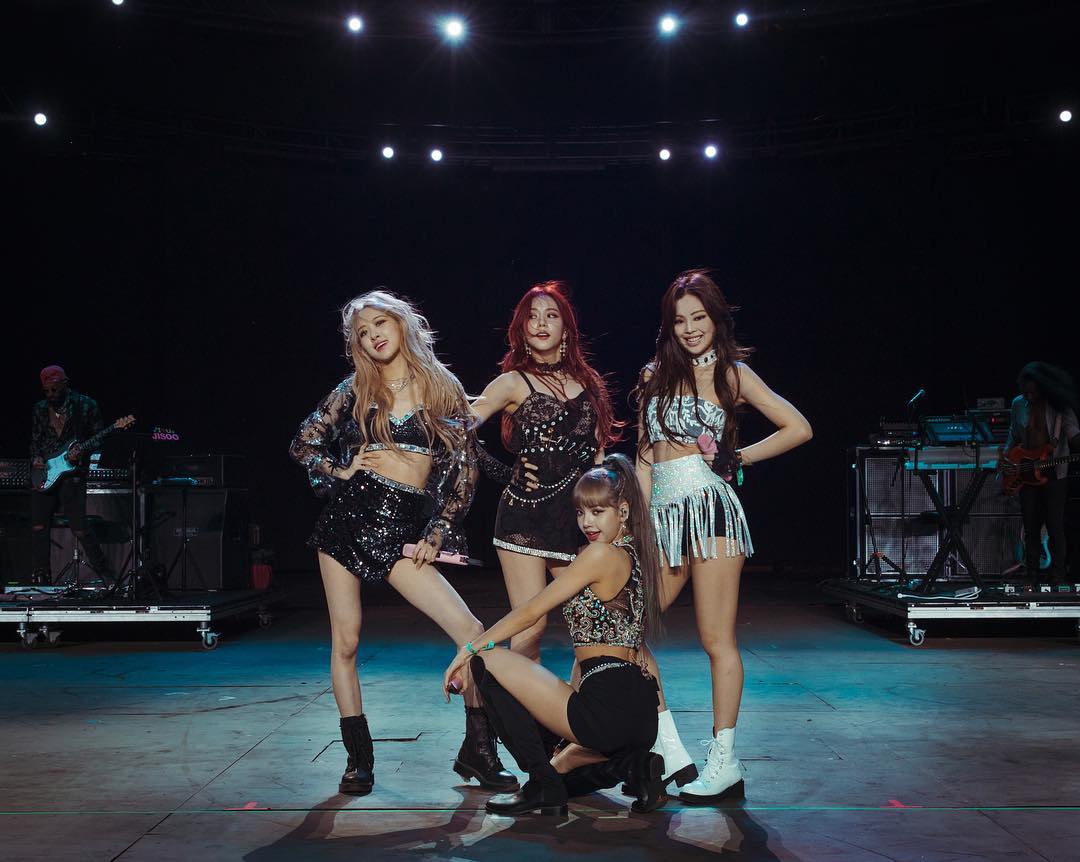
Of course, they aren’t the only K-pop act that’s bringing the Hallyu Wave to the United States. The Korean girl group BLACKPINK performed at Coachella in 2019 and have had their own set of collaborations with American artists like Dua Lipa and Selena Gomez. Overall, the Hallyu Wave has only increased over the last few years, with K-pop at the forefront. Multiple groups have begun to tour more in different countries and continents, as well as releasing interviews and clips catered to the global audience, like Buzzfeed videos. Many bands are creating Tiktok accounts and becoming fashion ambassadors for high-end fashion brands. The once niche genre has become a worldwide phenomenon.
The Keys To ‘Stanning’
Now that K-pop has successfully spread the Hallyu Wave globally, and the public can easily find different albums of K-pop groups at Target, the question is how to get involved with the fandom. While similar to stanning other boybands like One Direction, there are still some key differences when it comes to being a fan of K-pop groups. After all, these groups are the product of the Hallyu Wave; there are cultural differences and fan practices that are particular to Korean fan culture.
Common Terms
Before one can really get into the world of K-pop fandoms, there are terms that they should learn! Here is a list of common words that will be helpful when starting to get into K-pop.
- Bias: This term refers to an individual’s favorite idol or favorite K-pop group. Another term related to this word is Bias-Wrecker; this refers to the member of the group that sometimes catches the fan’s attention and makes them rethink who their favorite is. An example would be, “My bias group is EXO, and my bias is Suho, but Sehun has been looking so cute lately, I think he’s my bias wrecker.”
- Comeback: The period of time where K-pop groups perform at music shows, do interviews, and guest on TV shows after releasing new music. This usually lasts around 3-6 weeks and comes with a new set of styling and aesthetics for the group. An example would be, “2pm’s comeback was so short this time around. I hope the next comeback has them promoting longer.”
- Debut: Refers to the first performance or song of a K-pop group. An example would be, “Wow! 2NE1’s debut was so long ago; CL looks so young!”
- Ending Fairy: The member of a group who has the last camera shot in a performance, usually with a pose of some sort. An example would be, “Did you see what Key did for the ending fairy? He’s so funny!”
- Fancam: A video filmed from the audience of an individual idol, but it can also mean a fan-edited video focusing on one idol. An example would be, “Wow, did you see that fancam of Hani? She’s definitely going to go viral.”
- Lightsticks: A type of glow stick used for cheering on your favorite idols during performances. They are tailormade for each group with unique colors and designs. For example, “I love the design of BLACKPINK’s lightstick; it’s so unique and fits them so well!”
- Makane: The youngest member of a K-pop group. For example: “Arin is the makane of Oh My Girl! She’s so sweet!”
- Music Shows: During comebacks, groups attend these shows where they perform and are ranked according to the popularity of their songs, which use streaming numbers and fan votes. For example, “I really hope The Boyz win at the music shows during their comeback this time!”
- Trainee: An idol hopeful under a contract with an entertainment agency. They are usually young and spend multiple years in vocal lessons, dance lessons, and other lessons to assist them once they debut. An example would be, “JYP Entertainment is opening auditions to become trainees for their new K-pop Group!”
- Stan Twitter: The community on Twitter that shares opinions, posts, and news on their fandom. Stan Twitter also exists outside of K-pop and can include fandoms for anime, Marvel, and other properties. For example, “I met so many of my online friends through Stan Twitter.”
- Subunit: A group within a K-pop group that may promote a different genre of music or focus on a particular audience. An example would be, “JJ Project is my favorite subunit because it has my favorite members of Got7 in it!”
- Variety Show: A type of television show popular in South Korea, usually involving skits, games, and quizzes. K-pop idols often star in them, and they are also considered part of the Hallyu Wave. An example would be, “Winner was so funny on that variety show; I can’t wait till the next episode comes out!”
How To Start ‘Stanning’
There’s no one way to get into K-pop. As long as someone is interested in the Hallyu Wave, there are multiple ways to get involved with the K-pop fandom. Let’s say someone wanted to get into a K-pop group after seeing the name on Twitter or hearing their song on the radio; the next thing is to look at their music videos. It can be confusing to figure out who’s who in the group or which member is the fan-favorite. Luckily, with the increased popularity of the Hallyu Wave, there are websites like Kprofiles, which provides a database on K-pop groups that shows pictures, names, ages, and any other information given out by companies. New stans can also find various variety shows and interviews through YouTube, and in some cases, other fans have made more humorous guides on the groups that fans can view as well.
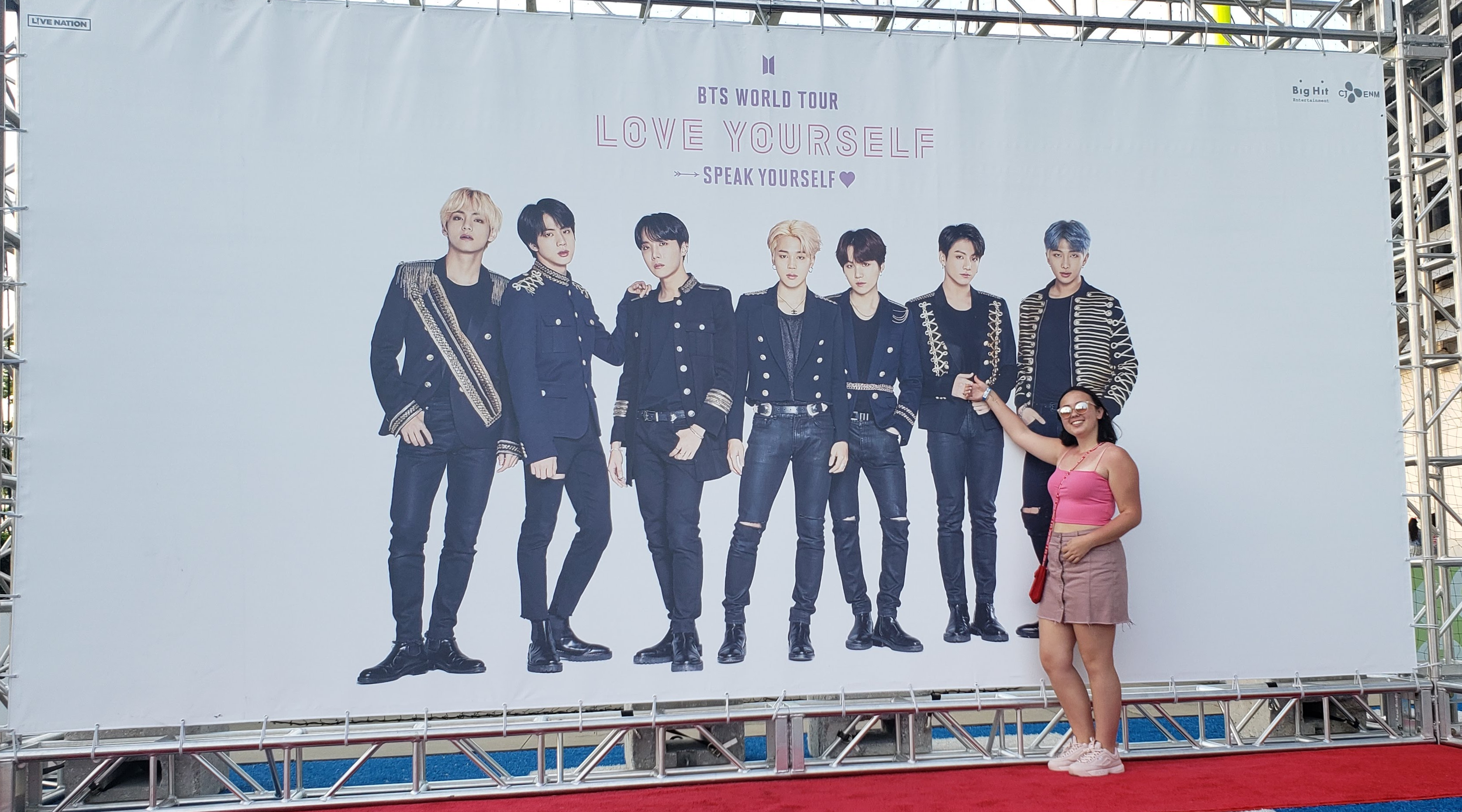
As stated previously, social media has been a considerable part of why the Hallyu Wave has gotten so big globally. Therefore, being a part of some sort of community like Stan Twitter is a fun way to see the latest news about your favorite band and make friends who share the same interest. There is no one way to get involved within the K-pop fandom, and much like any other fandom, it just depends on what catches your eye and how someone prefers to consume media. However, using the fan content found on YouTube, Twitter, and other social media sites is the key to navigating the often confusing path towards stanning.
How To Support The Hallyu Wave
As the Hallyu Wave has become popular, more fans have formed in countries far away from where most of these Korean bands are located. As most of the promotions are located in South Korea, many new K-pop fans are unaware of how to support their favorite bands legally. Before the Hallyu Wave reached all across the globe, most fans had to rely on fan-translated videos and couldn’t contribute much to support their favorite groups. Now with the mainstream success that K-pop has fostered, there are multiple ways to help.
Merchandise
The best way to support a K-pop group is to buy the albums the idols promote. There are many ways to buy them, but in areas with a large Korean population, there are often K-pop stores that focus on selling these items. These stores sell albums from various artists, posters, and other fan merch like lightsticks, which can be used to cheer on idols when they have concerts in the region.
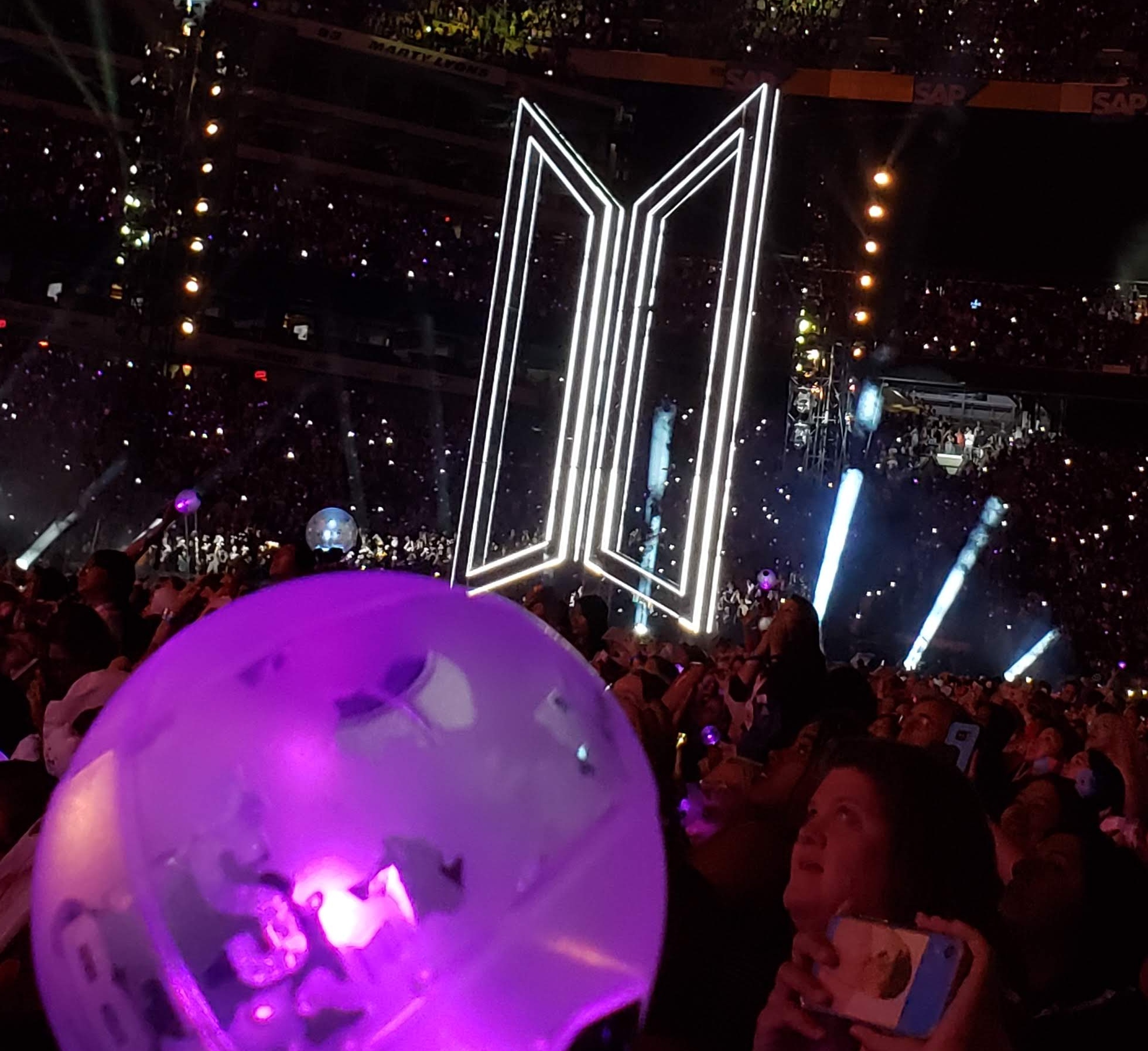
But if there is no local K-pop store nearby, Amazon sells official merchandise, including albums and lightsticks. Just be sure to buy from authorized sellers, as there can be unofficial merchandise in the searches. K-pop companies have also begun selling merchandise globally through their websites like SM Entertainment which offers an array of sweaters, albums, and photobooks.
Voting And Streaming
The most accessible way of supporting K-pop stars is through streaming! During comebacks, many fan organizations set view goals for the music videos on YouTube, and other fans can help out by watching the music videos.
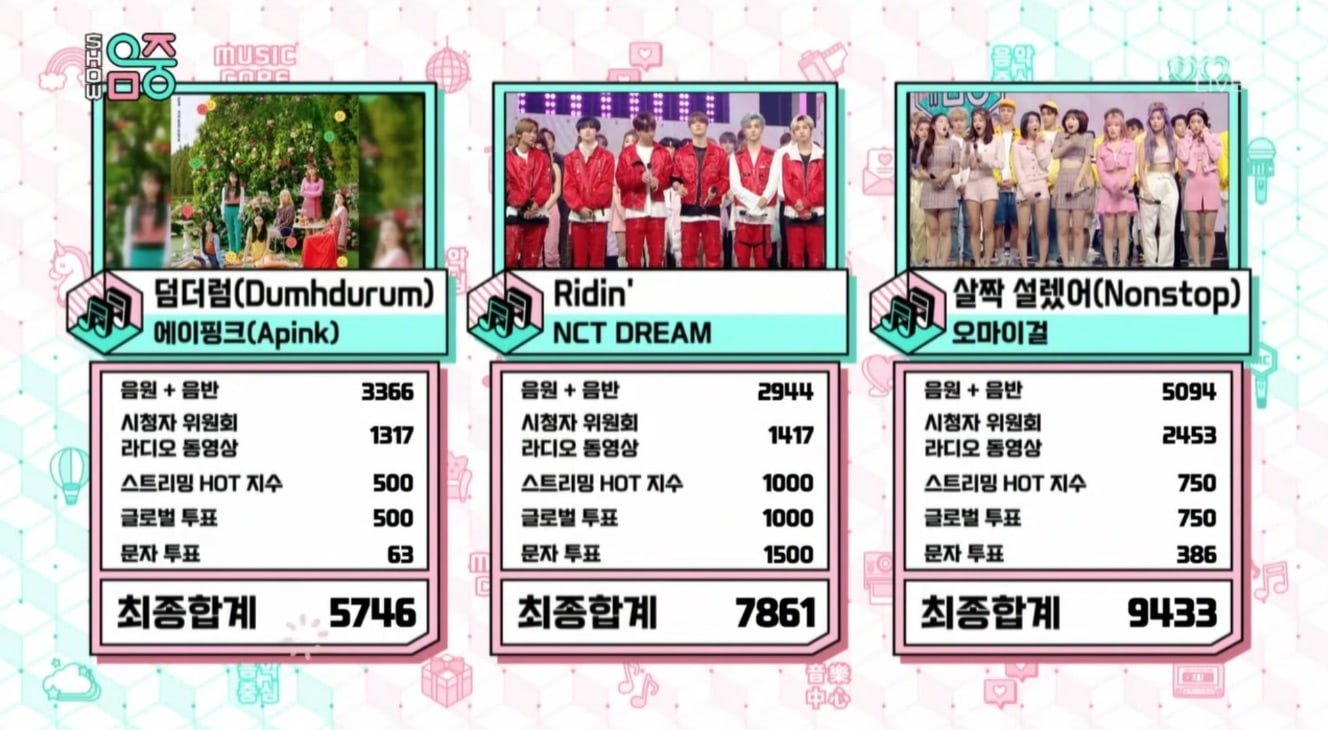
BITA 비타. 9 May. 2020.
Voting is also a huge part of K-pop fan culture; during comebacks, groups often attend music shows that rank their songs at the end of the week. These music shows use streaming numbers as well as fan votes, and winning number one on these shows can help groups boost their popularity.
Concerts
Concerts are another way to show support for K-pop bands. With the popularity rising for the Hallyu Wave, many K-pop groups have started adding more stops on their tours — meaning more fans outside of South Korea and Asia can now attend concerts. By attending these performances, fans can watch their favorite idols sing and dance and partake in fan projects, which fan organizers make to show their thanks towards the band for performing for them. Concerts give international fans a unique opportunity to see the group live and meet up with other fans with whom they’ve only interacted online.
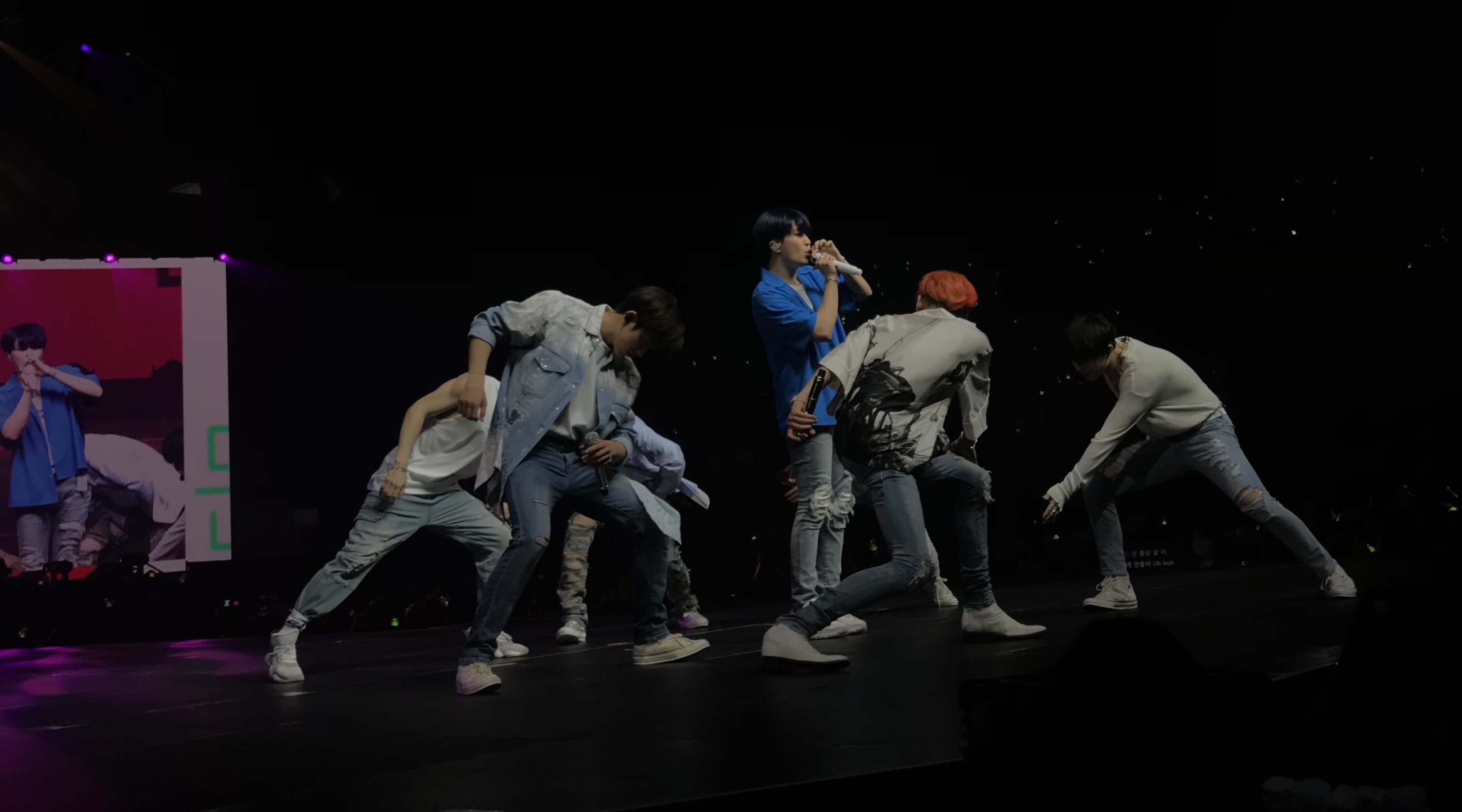
“@cpdelro.” Got7 in Los Angeles. 2018
The road to mainstream global success was hard for the Hallyu Wave; many fans in the early 2000s struggled for content and felt unheard as consumers. But now, with the Hallyu Wave being as popular as it is, there has never been a better time to consume the content. Now with social media sites, finding fellow fans is as easy as ever, and Korean companies that want global success involve international fans as much as possible. The main thing is for fans to enjoy their time in the fandom and the content given by the Hallyu Wave.
